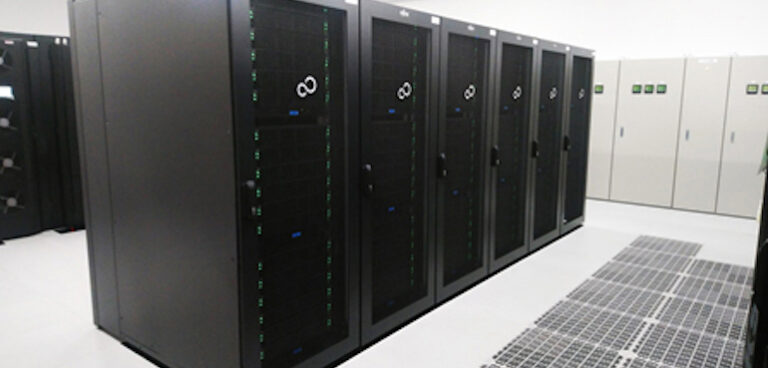Fujitsu’s supercomputer system for the Meteorological Research Institute at the Japan Meteorological Agency started operating on March 2.
The system has 900 nodes including the latest x86 servers Fujitsu Server PRIMERGY CX2550 M5.
Constructing a cluster by connecting servers with a high-speed interconnected Intel Omni-Path Architecture gives the system a theoretical performance of 2.81 petaflops.
It has high scalability for simulation applications such as weather forecasting and earthquake and tsunami analysis conducted by the Meteorological Research Institute, and can perform calculations on a wide range of applications.
The system is CPU-based and does not use accelerators such as GPUs, offering high performance with low power consumption.
The CPU uses a water-cooling method with high cooling efficiency, reducing heat generation from the server with lower power consumption than air-cooled systems.
With the supercomputer, the institute plans further research and development in predicting and analyzing earthquakes, tsunamis and volcanoes.
The system will be used for the development of high-resolution, detailed numerical prediction models and researching global warming.
Kazutoshi Onogi, senior director for research coordination at the Meteorological Research Institute, said, “A precise numerical prediction model with high resolution is necessary to accurately predict storm and heavy rain associated with typhoons as well as local downpours including linear precipitation zones that cause major disasters, and to provide appropriate disaster prevention information.
“The new supercomputer system can meet our expectations, and we will use it to further promote our research and development, for example in predicting global warming in addition to advancing analysis and prediction technologies in the fields of earthquakes, tsunamis and volcanoes.”



